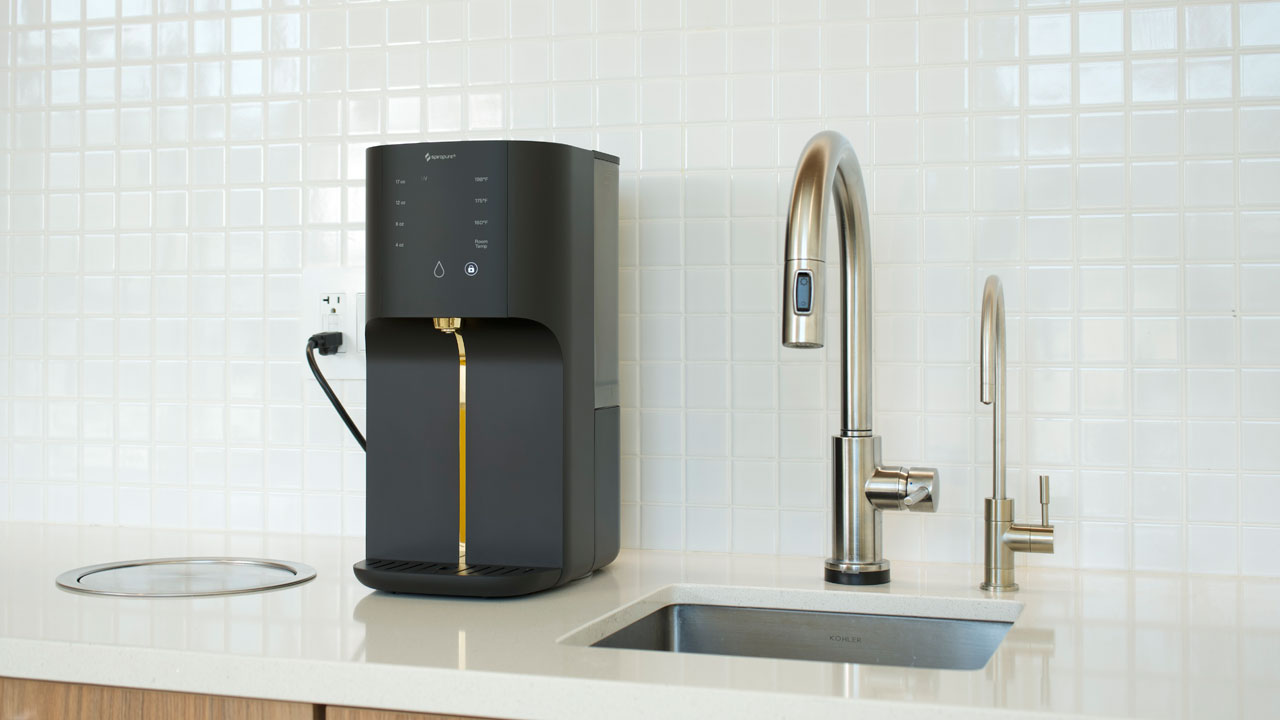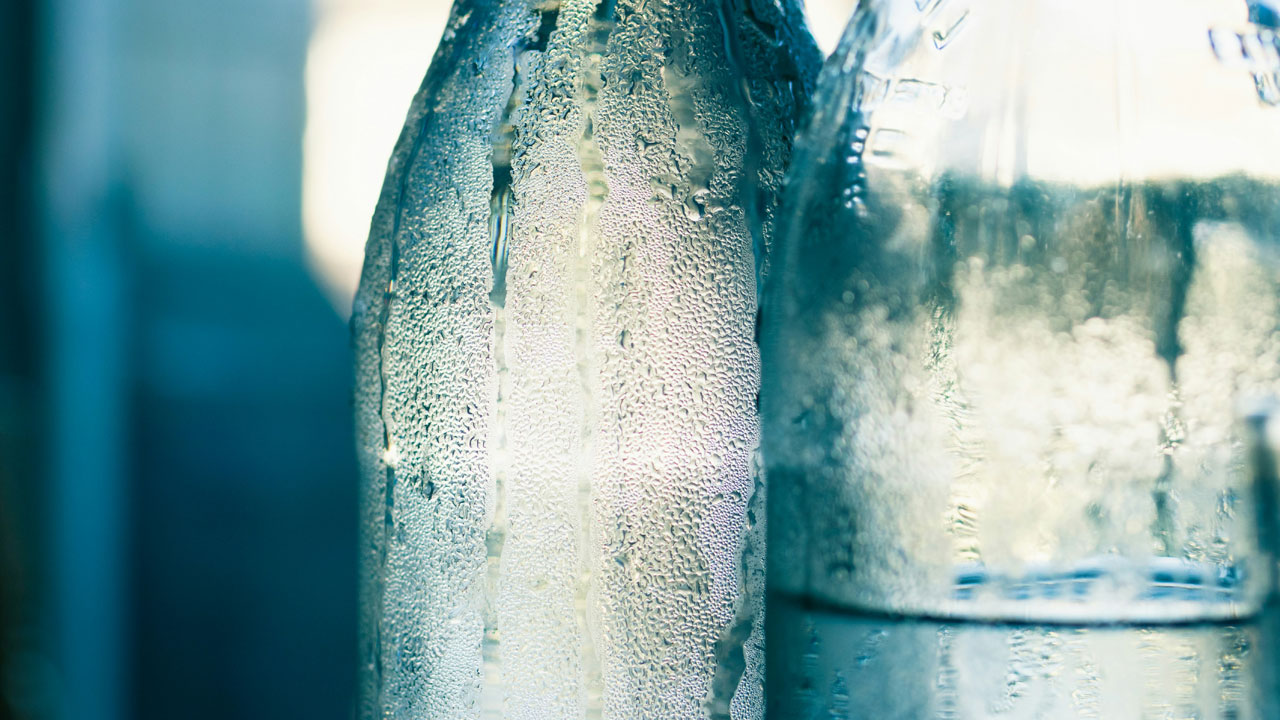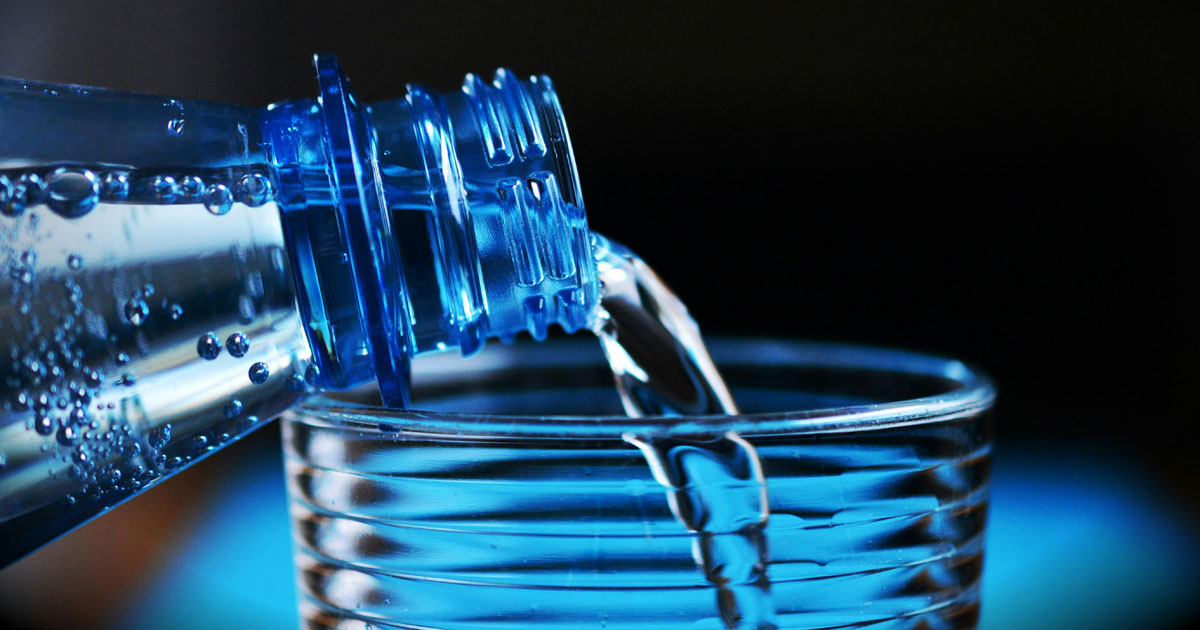How Water Filters Work to Remove Lead, Microplastics, and More
 Shu
December 22, 2025
#carbonfilter
#heavymetals
#howtofilter
#ionexchange
#lead
#microplastics
#reverseosmosis
Shu
December 22, 2025
#carbonfilter
#heavymetals
#howtofilter
#ionexchange
#lead
#microplastics
#reverseosmosis

- Water filters use physical and chemical processes such as filtration, ion exchange, and adsorption to remove contaminants like microplastics and lead.
- Reverse osmosis systems use an extremely fine membrane to filter out tiny particles of microplastics and lead that measure 0.0001 microns.
- Ion exchange filters eliminate dissolved lead by exchanging lead ions for harmless ions like sodium and hydrogen.
- All Filters offers systems that use reverse osmosis, ion exchange, and adsorption to provide safe drinking water.
Clean water is essential for every aspect of a person's health, yet recent studies have found that 93% of bottled water tested around the world is contaminated with microplastics. Microplastics are tiny particles that form when plastics break down, and they can further degrade into even smaller fragments called nanoplastics, which are too tiny to see in plain sight. These particles are small enough to enter the cells and tissues in the body, possibly causing lasting health issues.
Concerns about drinking water contaminated with microplastics and lead have consequently become widespread. As a result, an increasing number of people are looking for ways to protect themselves and their families. In this blog, you'll get a closer look at how water filters work to remove harmful contaminants. We'll find out how water filters remove microplastics and whether they also do effectively remove other contaminants like lead.
According to the Centers for Disease Control and Prevention, lead in water can cause serious health problems. It enters drinking water when plumbing systems with lead components corrode, especially in areas where water is highly acidic or low in minerals. The most common sources of lead in tap water are outdated lead pipes, fixtures, and faucets.
Microplastics, on the other hand, get into tap water most commonly through surface runoff and wastewater effluent. Other common contaminants in tap water include chlorine, pesticides, PFAS, and bacteria, which water filters can also effectively remove.

There are two main processes used to remove contaminants from water, including physical filtration and chemical filtration. Physical filtration involves removing tiny particles through a fine sieve, whereas chemical filtration uses other processes, namely ion exchange and adsorption. Here's an overview of these types of filtration methods:
- Physical filtration: This method is designed to strain water through a sieve with the goal of removing impurities as the water passes through a physical barrier. With microplastics, water filters with a rating of 1 micron are able to do the job and effectively remove these contaminants, providing healthy drinking water.
- Ion exchange: Ion exchange water filters contain a special resin that traps harmful, charged ions as they pass through it, so how they work is slightly different. These water filters remove harmful ions like lead and replace them with harmless ions like sodium and potassium.
- Adsorption: With adsorption, the contaminants in water are attracted to the filter media that's used in the particular product, such as activated carbon, which is the most common. It's like Velcro that's engineered to grip contaminants with a firm bond as they pass the surface, so the water that's left behind is free from impurities.

There are different types of filters that use specialized technologies to remove contaminants. From physical barriers to chemical processes, understanding how water filters work to remove impurities can help you determine which product is most suitable for your needs.
Reverse Osmosis (RO) Systems
Reverse osmosis technology works by forcing water through a filter that only allows pure water molecules that are small enough to pass through. It's like using a kitchen sieve, but on a microscopic level, where only tiny molecules are able to fit through while unwanted contaminants stay in the filter. RO water filters can remove particles like bacteria, heavy metals, and salts, leaving you with clean, healthy drinking water.
Research has also shown that reverse osmosis systems can remove up to 99.9% of microplastic particles. How RO water filters work is interesting, as they use a semi-permeable membrane with an effective filtration size of about 0.0001 micron. A micron is equal to one thousandth of a millimeter, so you can imagine how small the pores in an RO membrane are. Microplastics are usually about 5 microns in size, but they can break down further into nanoplastics that are less than 1 micron. Fortunately, RO membranes are highly selective, so they prevent even nanoplastics from passing through the filter.
In addition to microplastics, RO water filters effectively remove heavy metals such as lead, and how they do this is by forcing water through tiny openings. Various studies on how water filters work have shown that RO systems are often recommended because they can effectively remove up to 99% or more of lead in drinking water.
Furthermore, RO systems are commonly used for drinking water because they often include an additional adsorption layer, such as activated carbon. This also removes lead particles even before the water reaches the main filter. Popular countertop RO systems include the SpiroPure SP-RO500 with remineralization, which has six stages of filtration. You can also choose tankless RO systems like the SpiroPure 1000 GPD and traditional tank RO systems like the SpiroPure SP-RO100MP-BK.
Activated Carbon Filters
Activated carbon filters reduce chlorine, unpleasant tastes, and odors from drinking water. If you're interested in knowing how activated carbon water filters work, the carbon becomes "activated" through a high temperature. This heating process forms millions of tiny pores on the surface of the carbon. As a result, the surface area expands substantially, and this creates more space for contaminants to become stuck to.
Some activated carbon water filters reduce microplastics through adsorption. In fact, many organic chemicals and impurities are naturally attracted to the carbon. Carbon filters are extremely good at cleaning water because they have a sponge-like composition that easily absorbs contaminants.
When carbon is activated through heat, it creates a massive surface area that exists within the microscopic cavities and tunnels inside the tiny piece of carbon. How well carbon-activated water filters work depends on factors like the size of the pores and the material. For example, high-quality block carbon filters are more effective in some water conditions than basic granular activated carbon (GAC) filters.
You may be asking yourself the question, do these water filters remove lead from drinking water? Some activated carbon filters can separate lead. Carbon-activated filters are highly effective at removing bad tastes and odors. Some standard carbon filter cartridges will reduce lead in drinking water but catalytic carbon is particularly effective.
Ion Exchange (IX) Resins
How ion exchange works in water filters is quite different. This type of filtration technology works by removing potentially harmful ions and replacing them with harmless ones that have an equal or similar electrical charge. Ion exchange resins are highly effective, as they swap dissolved lead ions for other ions like sodium or hydrogen, making water safe to drink.
So, do ion exchange water filters remove microplastics? Because they work by swapping ions and not physically blocking them, the answer is no. However, ion exchange resins are often combined with other filters, like RO membranes and activated carbon, to eliminate microplastics.
What Filter Should I Choose?
Now that you know more about how water filters work, you may know exactly which filter is right for you. At All Filters, we stock top brands of reverse osmosis, activated carbon, and ion exchange filters, as well as many more multi-stage filtration products to suit your specific needs.
We stock under sink and whole house water filtration systems as well as replacement cartridges. These water filters can effectively remove unwanted contaminants like bacteria, microplastics, lead, chlorine, and more. Contact our reliable and friendly customer support team to find out more about how water filters work and which one is right for you.






